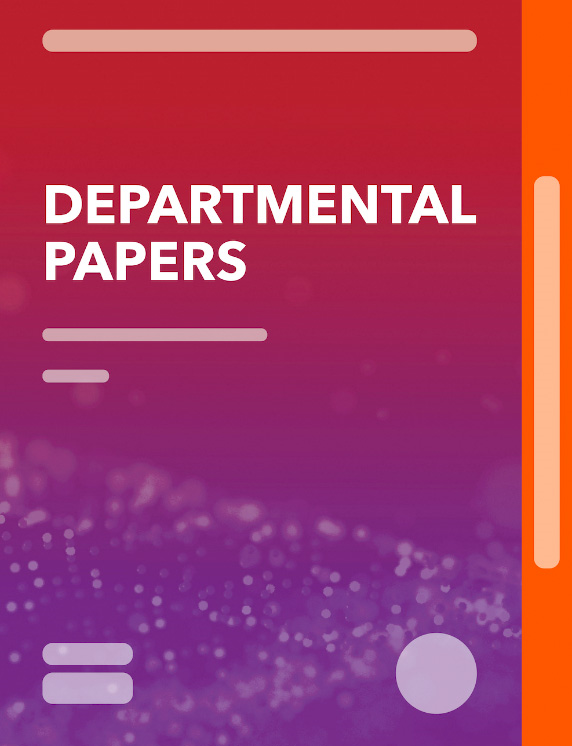What Explains Movements in the Peso/Dollar Exchange Rate?
July 18, 2013
Disclaimer: This Working Paper should not be reported as representing the views of the IMF.The views expressed in this Working Paper are those of the author(s) and do not necessarily represent those of the IMF or IMF policy. Working Papers describe research in progress by the author(s) and are published to elicit comments and to further debate
Summary
This paper examines the factors affecting the weekly peso/dollar exchange rate movements between 1999 and 2013 using an error correction model. The model fits the historical data well. While copper price is the most important determinant of the peso exchange rate over the long run, other factors including interest rate differential, global financial distress, local pension funds’ derivative position, as well as the Federal Reserve’s quantitative easing also affect the peso in the short run. The Central Bank of Chile’s foreign exchange interventions in 2008 and 2011 had a small impact on the peso.
Subject: Exchange rates, Expenditure, Financial statements, Foreign exchange, Metal prices, Oil prices, Pension spending, Prices, Public financial management (PFM)
Keywords: carry trade, Chilean peso, copper price, data well, dollar position, exchange rate, Exchange rates, Financial statements, Global, Metal prices, movements well, Oil prices, Pension spending, peso exchange rate, peso movement, U.S. dollar, WP
Pages:
22
Volume:
2013
DOI:
Issue:
171
Series:
Working Paper No. 2013/171
Stock No:
WPIEA2013171
ISBN:
9781484393611
ISSN:
1018-5941






